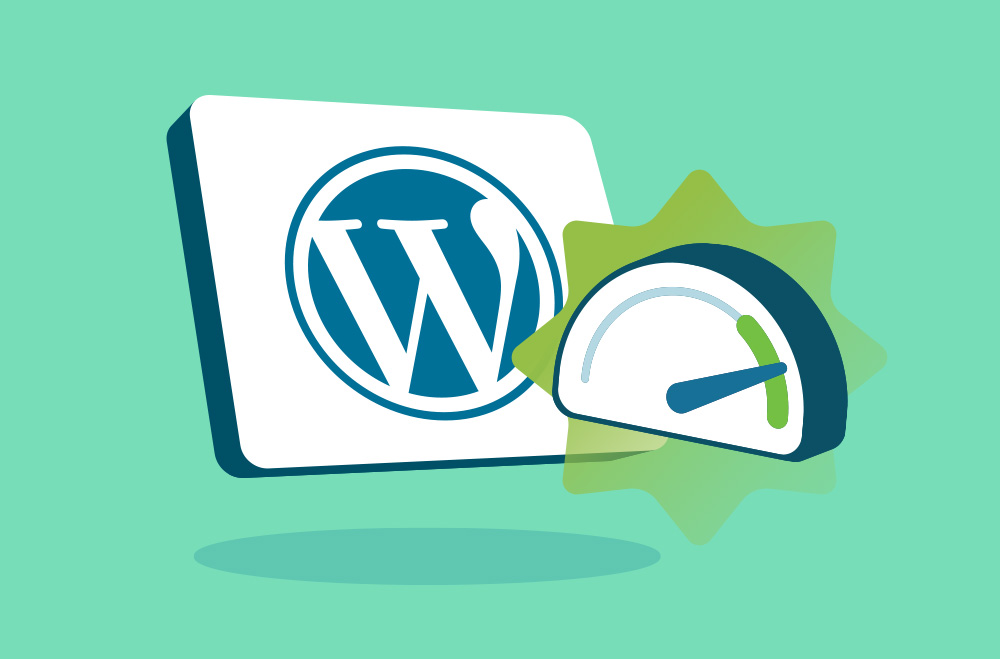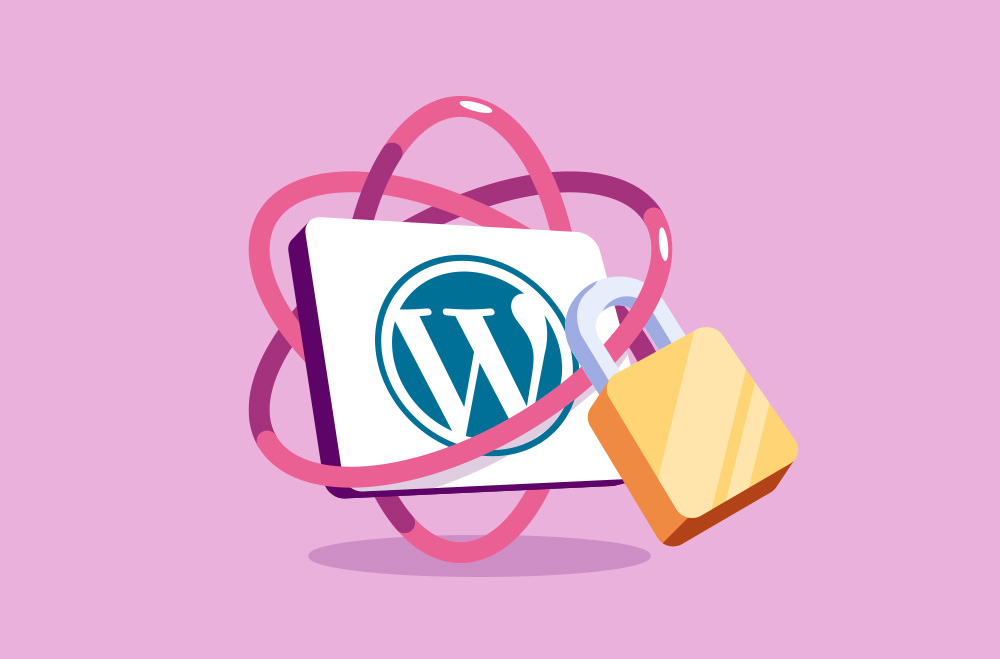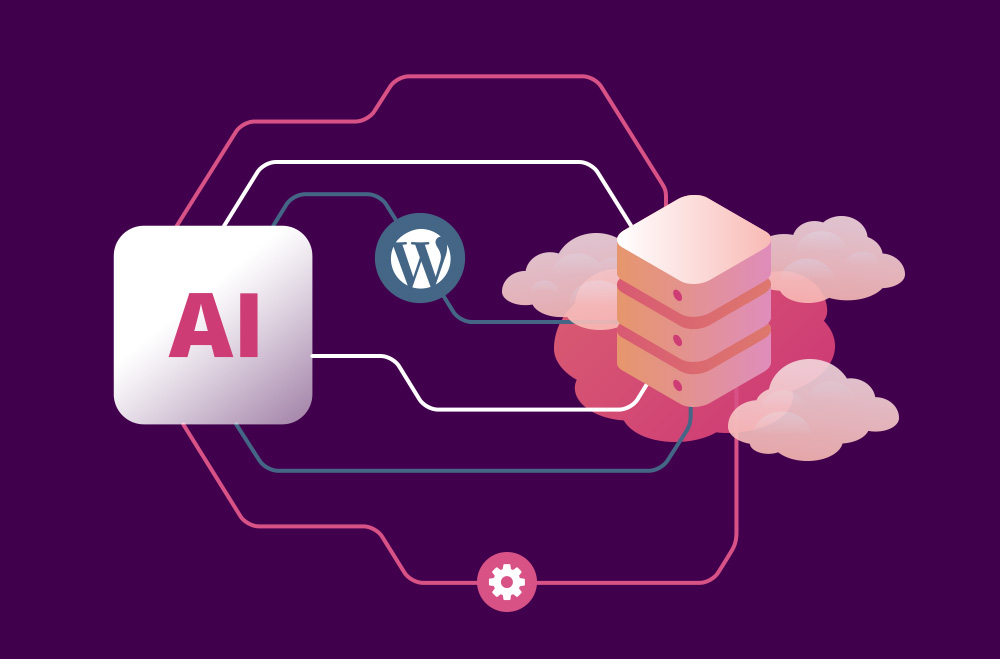
Ziel der Website-Optimierung ist es, die Leistung Ihrer Website durch den Einsatz von Tools, ausgeklügelten Strategien und Analysen zu verbessern. Der Begriff kann vielfältig interpretiert werden, bezieht sich aber im Allgemeinen auf alle technischen und Marketing-Methoden, die eingesetzt werden, um Besucher anzulocken und sie für das Angebot einer Website zu begeistern.
Bei der Website-Optimierung geht es darum, die Benutzerfreundlichkeit zu verbessern und die Wahrscheinlichkeit zu erhöhen, dass Besucher zu Kunden werden. Die Optimierung Ihrer Website ist unerlässlich, um die Effektivität Ihrer Website-Besuche zu steigern und die Rendite zu verbessern. Je mehr Traffic Ihre Website erhält, desto größer ist das Potenzial, den Umsatz Ihres Unternehmens zu steigern.
In diesem Artikel werden einige der nützlichsten Methoden zur Verbesserung der Website-Optimierung vorgestellt, sowohl im Suchmaschinenmarketing als auch in der Conversion-Rate-Optimierung.
Die Qualität der Website-Performance, auch bekannt als Website-Geschwindigkeit, gibt an, wie schnell ein Browser voll funktionsfähige Webseiten dieser Website laden kann. Eine schnellere Website-Geschwindigkeit sorgt für ein besseres Benutzererlebnis, während eine langsamere für Besucher frustrierend sein kann. Langsam ladende Websites können Kunden vertreiben. Websites mit schnellerer Ladezeit hingegen verzeichnen in der Regel mehr Traffic und erzielen höhere Conversion-Raten.
Besucher bleiben länger, wenn die Website schnell ist. Außerdem ist die Wahrscheinlichkeit geringer, dass sie abspringen, und die Konvertierungswahrscheinlichkeit steigt. Aus diesem Grund hat Google die Website-Geschwindigkeit als Rankingfaktor in sein Suchtool aufgenommen.
On-Page-SEO und Website-Geschwindigkeitsoptimierung können die Conversions Ihrer Website durch verbesserte Seitenladezeiten verbessern. Da schnellere Websites für Besucher und Suchmaschinen attraktiver sind, kann die Optimierung der Website-Geschwindigkeit auch zu einer Verbesserung der SEO und Auffindbarkeit führen.
Die Leute wollen Websites, die schnell laden. 2 bis 5 Sekunden ist die Ladezeit der Zielwebsite . Jede zusätzliche Sekunde über zwei Sekunden erhöht jedoch die Absprungrate – Besucher werden eher frustriert und verlassen die Seite. Etwa 40 Prozent der Internetnutzer geben an, eine Website zu verlassen, wenn das Laden länger als drei Sekunden dauert. Darüber hinaus beträgt die erwartete Ladezeit für Desktop-Sites zwei Sekunden.
Caching ist eine der wichtigsten Maßnahmen, um Ihre Website schneller zu machen. Aktivieren Sie Browser-Caching, um die Browser Ihrer Besucher anzuweisen, einige (oder alle) statischen Dateien Ihrer Website zwischenzuspeichern. Da Besucher Ihre Website bei jedem erneuten Besuch nicht komplett neu laden müssen, sollten nachfolgende Besuche zu deutlich schnelleren Ladezeiten führen.
Es gibt mehrere Methoden, um Browser-Caching in WordPress zu verwenden, und wenn Sie diese noch nicht eingerichtet haben, ist es an der Zeit, dies zu tun.
Wenn Sie eine Website besuchen, stellt Ihr Browser normalerweise eine Verbindung zum Server her und überträgt über diese die benötigten Daten. Clients müssen jedoch möglicherweise für jede Datei, die sie austauschen möchten, eine neue Verbindung herstellen, wenn Sie Ihren Server nicht richtig eingerichtet haben.
Dies ist natürlich keine praktische Technik zum Laden moderner Websites mit mehreren Dateien. Stellen Sie sicher, dass Ihr Webserver entweder über einen „Keep-Alive“-HTTP-Header oder eine permanente Verbindung verfügt, um dieses Szenario zu verhindern.
GZIP ist ein Datenkomprimierungsverfahren, mit dem Sie die Dateigröße verschiedener Teile Ihrer Website verringern können. Die GZIP-Komprimierung kann die Größe Ihrer Seiten unter Umständen um bis zu 70 % reduzieren.
Je kleiner die Seite ist, desto schneller wird sie geladen. Die meisten Webhosting-Anbieter unterstützen die GZIP-Komprimierung in fast allen Tarifen.
Viele Nutzer haben bereits empfohlen, eine mobilfreundliche Version Ihrer WordPress-Website einzurichten, um die Suchmaschinenoptimierung (SEO) und die Nutzerzufriedenheit zu verbessern. Damit diese Strategie funktioniert, müssen Sie Zielseiten-Weiterleitungen einrichten, die mobile Besucher zur „richtigen“ Version Ihrer Website führen und diese zwischenspeicherbar machen, um die Verarbeitung zu beschleunigen.
Da mobile Geräte mittlerweile Desktop-Browser in Bezug auf den Gesamtverkehr überholt haben, macht es wenig Sinn, mehrere Versionen Ihrer Website zu erstellen. Stattdessen sollten Sie ein einheitliches, mobilfreundliches Design verwenden, das sich an alle Bildschirmgrößen anpasst.
Generell empfiehlt es sich, Weiterleitungen nach Möglichkeit zu vermeiden. Jede Weiterleitung stellt eine weitere Hürde für Besucher dar. Durch die Reduzierung dieser Weiterleitungen können Sie die Ladezeit Ihrer Website verkürzen.
Bei den meisten Hosting-Paketen (mit Ausnahme von Cloud-Hosting) wird Ihre Website auf einem einzelnen Server an einem bestimmten Standort gehostet. Um Ihre Website zu laden, muss sich jeder Besucher mit diesem Server verbinden, was zu Verzögerungen führt.
Ein CDN ist ein Computernetzwerk, das Kopien von Websites speichert. Das kann bedeuten, dass Ihre Website in den USA gehostet wird, aber ein CDN mit weltweit verteilten Servern nutzt. Versucht beispielsweise ein Besucher aus Brasilien auf Ihre Website zuzugreifen, stellt das CDN die Daten von seinen südamerikanischen Servern bereit.
Es gibt mehrere hervorragende CDN-Lösungen für WordPress. Die meisten dieser Dienste sind, wie Sie sich vielleicht denken können, nicht kostenlos. Wenn Ihre Website jedoch bekannt ist, kann die Investition in ein CDN die Ladegeschwindigkeit erheblich verbessern.
Abfragezeichenfolgen sind Suffixe, die am Ende von URLs erscheinen können und mit Sonderzeichen wie Fragezeichen oder Et-Zeichen beginnen.
Der Zweck von Abfragezeichenfolgen besteht darin, Ihnen die Möglichkeit zu geben, bestimmte Versionen eines Assets zu finden oder Caching-Einschränkungen zu umgehen. Sie können Abfragezeichenfolgen verwenden, um Ihren Browser zu zwingen, die aktuellste Version einer Datei abzurufen.
Idealerweise sollten Sie Ihre Website so einrichten, dass sie die aktuellsten Versionen aller Dateien bereitstellt, die Besucher im Cache speichern sollen. Wenn Ihre Website derzeit Abfragezeichenfolgen verwendet, um Benutzer zur neuesten Version einer Datei weiterzuleiten, entfernen Sie diese nach Möglichkeit aus statischen Ressourcen. Dies trägt dazu bei, die Ladezeiten zu verkürzen und unnötige HTTP-Anfragen zu vermeiden.
Viele moderne Websites verfügen über zahlreiche CSS- und JavaScript-Dateien. Die Anzahl der zu ladenden Skripte beeinflusst die Geschwindigkeit Ihrer Website. In den meisten Fällen ist das Entfernen dieses Codes keine Option, da Sie damit wichtige Funktionen zu Ihrer Website hinzufügen können.
Sie können die Dateigröße dieser Skripte reduzieren, indem Sie sie minimieren. Die Minimierung ist eine einfache Technik zum Entfernen unnötiger Zeichen aus dem Code Ihrer Site.
Das Entfernen leerer Zeilen im Code kann die Dateigröße reduzieren. Bei einigen Codezeilen hat das möglicherweise keine nennenswerten Auswirkungen. Bedenkt man jedoch, wie viele Skripte eine moderne Website enthält, kann die Minimierung die Ladegeschwindigkeit erheblich verbessern.
Jedes Textelement, das Sie im Internet sehen, kann durch einen Zeichensatz dargestellt werden. Dabei handelt es sich um eine Sammlung von Zahlen, die Darstellungen für alle Textelemente enthalten. Der beliebteste Zeichensatz für Websites, UTF-8, verfügt beispielsweise über eindeutige Zahlen für über 10.000 Zeichen.
Durch die Angabe des Zeichensatzes Ihrer Website können Sie die Zeit verkürzen, die Browser zum Interpretieren oder Parsen der restlichen HTML-Seiten benötigen. Sie können einen bestimmten Zeichensatz für Ihre Website ändern oder angeben, ohne den Header der einzelnen Seiten bearbeiten zu müssen. Dies ist auf verschiedene Weise möglich.
Wenn Sie WordPress verwenden, können Sie den von Ihrer Website verwendeten Zeichensatz ändern, indem Sie wp-config.php im Stammverzeichnis Ihres Servers bearbeiten.
Ihr Browser muss bei jeder Eingabe einer URL DNS-Einträge abfragen, um die zugehörige IP-Adresse zu identifizieren. Dieser Vorgang ist oft schnell erledigt. Wenn Ihre Website jedoch viele Drittanbieterressourcen nutzt, können DNS-Suchen schnell das Potenzial für eine optimale Ladegeschwindigkeit aufbrauchen.
Es empfiehlt sich, Ressourcen und Skripte von Drittanbietern in Ihre Website einzubinden, um sicherzustellen, dass jede heruntergeladene Datei von einer einzigen Quelle oder URL stammt. Bei den meisten Bibliotheken und Skripten können Sie diese Dateien frei kopieren und auf Ihrem Server verteilen, sodass es keine Probleme geben sollte.
Die Grundleistung jedes Hosting-Unternehmens ist unterschiedlich.
Suchen Sie nach einem Webhoster, der in allen Bereichen gute Leistungen erbringt. Es ist wichtig, sich gut zu informieren, wenn es um Webhosting geht. Jeder Website-Builder und Hosting-Dienst wird Ihnen versichern, dass er der schnellste ist. Vergleichen Sie daher Funktionen und Kosten und lesen Sie möglichst viele Bewertungen, bevor Sie eine Entscheidung treffen.
Sie können jederzeit den Webhosting-Anbieter wechseln, wenn Sie möchten, aber das ist mit viel Aufwand verbunden. Entscheidend ist, zunächst die richtige Entscheidung zu treffen, um Zeit, Frust und Ressourcen zu sparen. Mit dem richtigen Service und Hosting-Paket sollte Ihre WordPress-Website vom Start weg gut starten.
Die Website-Geschwindigkeit ist entscheidend für die Gesamtoptimierung und zweifellos ein Faktor, den Sie bei der Leistungssteigerung berücksichtigen sollten. Traffic ist zwar ein gutes Zeichen für Unternehmenswachstum, kann aber auch zu einer Verlangsamung der Website führen. Mit der richtigen Strategie und Planung können Sie dies verhindern und Ihre Website auf mehr Besucher vorbereiten.
Bright Hosting bietet kostengünstiges, aber qualitativ hochwertiges Hosting für Websites mit hohem Datenverkehr. Wir bieten qualitativ hochwertiges Hosting, das die Website-Leistung maximiert, mit verschiedenen Tarifoptionen, abhängig von den spezifischen Anforderungen unserer Kunden.






Hinterlasse einen Kommentar